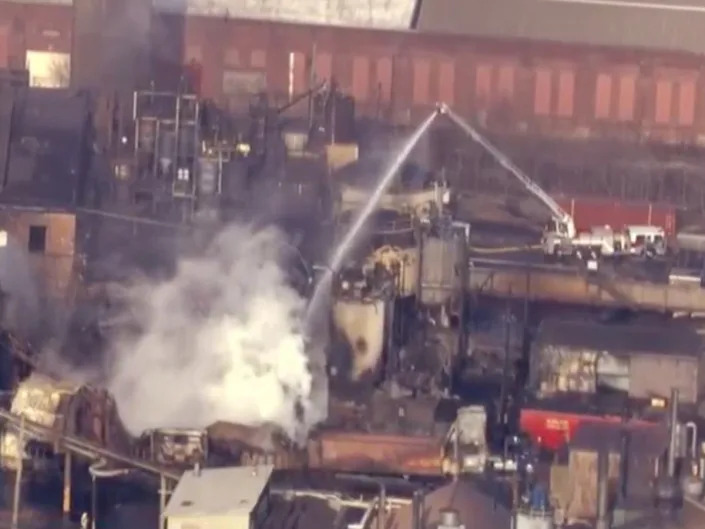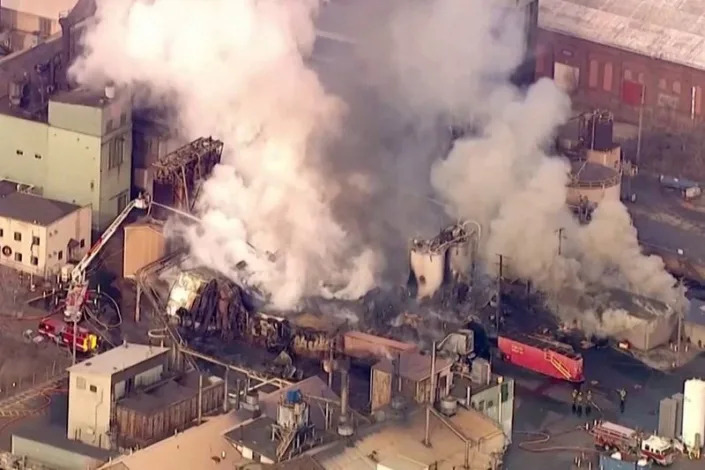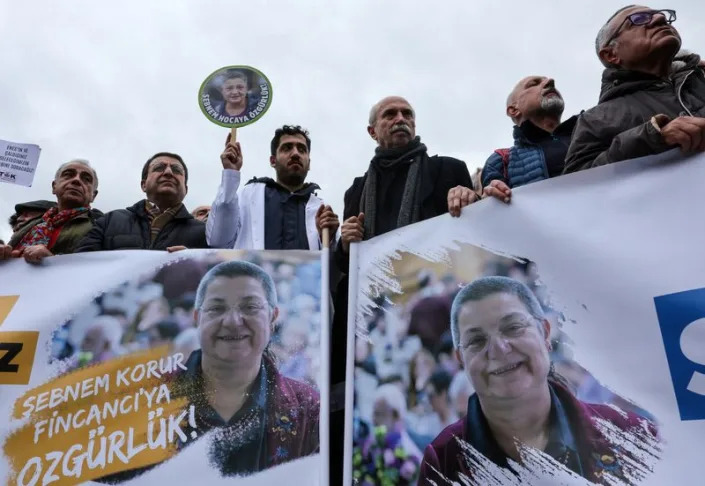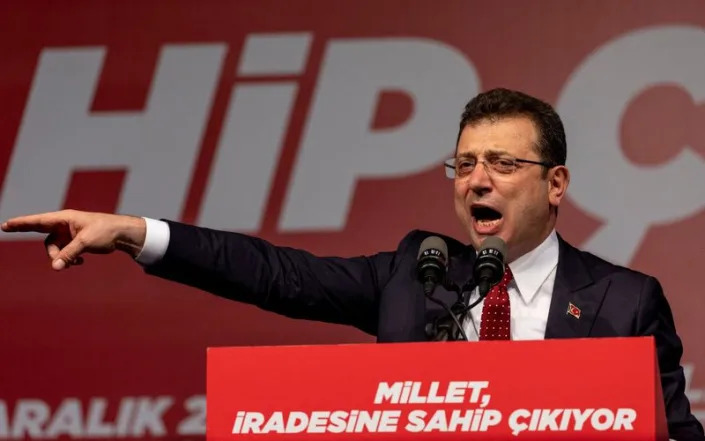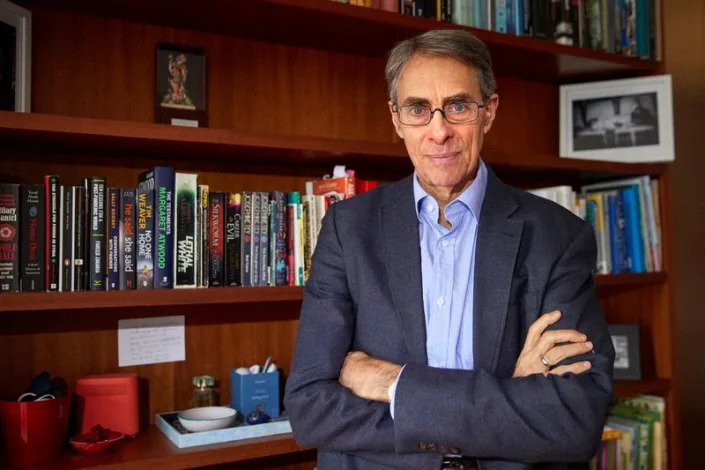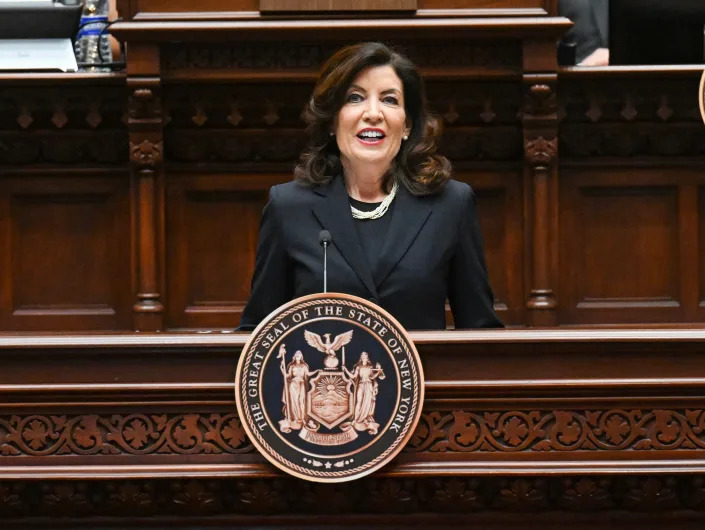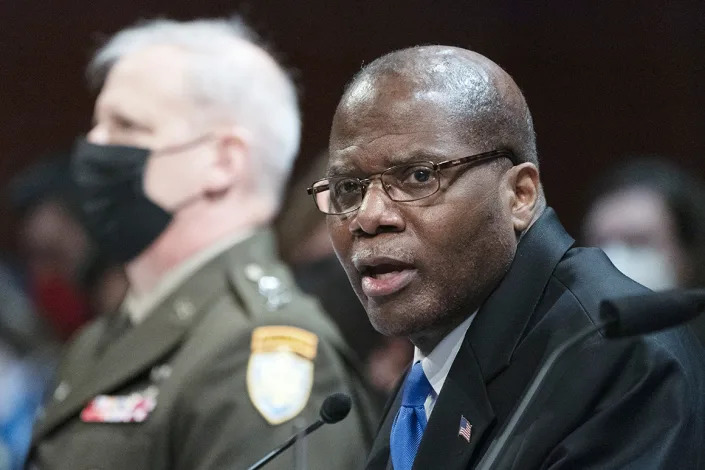
Brazil's President Luiz Inacio Lula da Silva attends a meeting with parliamentarians at Planalto Palace in Brasilia
Wed, January 11, 2023
SAO PAULO (Reuters) -Brazilian President Luiz Inacio Lula da Silva's approval rate was 51% in a survey by pollster AtlasIntel released on Wednesday, in line with his share of valid votes in the October election were he defeated rival Jair Bolsonaro.
Lula's 11-day-old administration is still dealing with the fallout of Bolsonaro supporters rampaging through the capital on Sunday in an attempt to overthrow his government. Organizers are calling for fresh anti-government protests on Wednesday evening.
Disapproval of Lula was at 42% in the Atlasintel poll, the first major opinion survey in the wake of Sunday's political violence.
His government was considered "good" or "great" by 41.3% of those surveyed, while 38.4% saw it as "bad" or "terrible." The survey was conducted online with 2,200 people between Jan. 10-11. It has a margin of error of two percentage points up or down.
(Reporting by Flavia Marreiro; Writing by Peter Frontini; Editing by Brad Haynes, Chizu Nomiyama, William Maclean)
Brazil's Lula predicts policies in place within 100 days, reassures markets

Brazil's President Luiz Inacio Lula da Silva attends a breakfast with journalists at Planalto Palace in Brasilia
Thu, January 12, 2023 at 9:31 AM MST·1 min read
BRASILIA (Reuters) - Brazil's leftist President Luiz Inacio Lula da Silva said on Thursday that he plans to have policies ready within 100 days so the country "runs at normal speed" again and told financial markets they should not worry about his Workers Party government.
Addressing Sunday's storming of government building in Brasilia by supporters of former President Jair Bolsonaro, Lula told reporters that "what happened was a huge warning, we won the election but fanatic Bolsonaro supporters are very dangerous."
"Going forward we will be tougher and even more cautious," he said. "We must find out who is funding these acts, that is what puts democracy at risk.
Supporters of right-wing Bolsonaro ransacked Brazil's Congress, Supreme Court and presidential palace on Sunday, calling for a military coup to overturn the October election won by Lula.
Despite the events, Lula said Defense Minister Jose Mucio will remain in office, saying "I trust him."
"If I had to fire a minister every time they made a mistake, the turnaround would be enormous," Lula said.
The 77-year-old President also said that markets should not worry about his Workers Party government.
"I always oversaw primary surpluses", said Lula, who was also President of Brazil between 2003 and 2010.
(Reporting by Lisandra Paraguassu; Writing by Steven Grattan; Editing by Alistair Bell)
Lula to purge Bolsonaro loyalists from Brazilian security forces after rampage
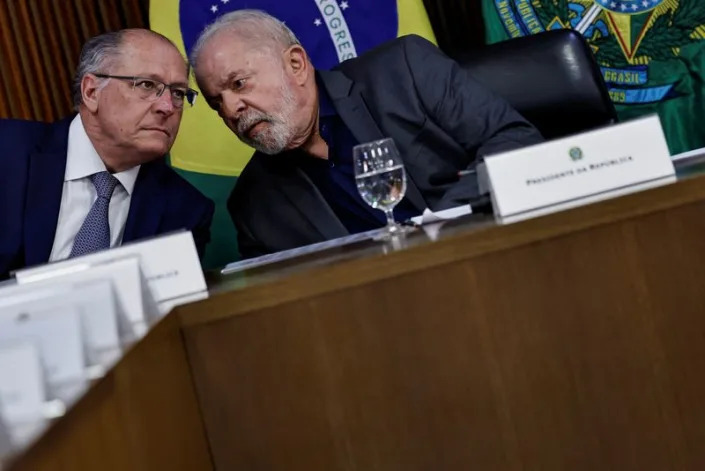
Brazil's President Luiz Inacio Lula da Silva attends a meeting with governors in Brasilia
Thu, January 12, 2023
By Lisandra Paraguassu and Adriano Machado
BRASILIA (Reuters) - Brazilian President Luiz Inacio Lula da Silva said on Thursday that security force members were complicit in letting an anti-government mob ransack the seat of power in Brasilia, and promised to weed out hardcore supporters of his predecessor.
The task of screening out those actors will be complex, his senior aides said, but investigations have begun to see who was responsible for letting backers of former President Jair Bolsonaro storm and vandalize the presidential palace.
"There were a lot of people who were complicit in this among the military police. There were many people from the armed forces who were complicit," Lula told journalists. "I am convinced that the door to the palace was opened to allow these people in, because I did not see that the door was broken."
Lula has also stepped up criticism of the army for not doing anything to discourage the two-month-old encampment of Bolsonaro supporters outside its headquarters, where they have been clamoring for the military to overturn the result of the October elections.
The Brazilian army did not respond to requests for comment.
Thousands of demonstrators calling for a military coup to oust Lula and restore Bolsonaro to power stormed the Supreme Court, Congress and the presidential palace on Sunday, leaving a trail of smashed windows, furniture, computers and artwork.
The police force responsible for public security in Brazil's capital did not stop the mob advancing on the building, and some were seen in social media images taking selfies and chatting with demonstrators.
Riot police dispersed the crowd with tear gas and arrested some 1,800 protesters only after Lula ordered the federal government to intervene in local security.
Brasilia Governor Ibaneis Rocha, a Bolsonaro ally, was among the first blamed for security lapses. He was suspended from office on Sunday by Supreme Court Justice Alexandre de Moraes, who also ordered the arrest of his security chief and head of police.
The battalion of troops assigned to guard the presidential palace did not respond either until rioters had entered and trashed the palace, according to a Reuters witness.
Four on-duty staffers from the National Security Adviser's office (GSI) were quickly overwhelmed inside the presidential palace and their office ransacked. They looked on as protesters kicked at the reinforced door to Lula's office but failed to break in.
A presidential spokesman told Reuters that computers were taken from the National Security Adviser's office and hard drives containing confidential information had disappeared. Boxes of taser guns were emptied, said spokesman Guto Guterres.
Presidential Chief of Staff Rui Costa said the government now faces the challenge of undertaking a "decontamination" of the security forces and holding those responsible accountable.
"We have several institutions that have been contaminated with Bolsonarista hatred by far-right coup-mongers," said Institutional Relations Minister Alexandre Padilha.
Government officials said it remained unclear how soldiers or policemen who sympathize with demonstrators' calls for a military coup would be identified or removed.
One idea proposed by Lula's aides, aimed at discouraging the politicization of security forces, would be to limit military and police officers from running for elected office.
Brazil's Congress has a growing number of retired and even active-duty officers who tout their military or police credentials as part of their law-and-order appeal.
"This excessive participation of the military and military police in politics is progressively leading to ideological contamination of the forces," Costa said.
On Wednesday, Lula vetoed part of a bill passed by Congress under Bolsonaro that would guarantee the right of police officers to take part in political demonstrations.
(Reporting by Lisandra Paraguassu and Adriano Machado; Additional reporting and writing by Anthony Boadle; Editing by Brad Haynes and Deepa Babington)
